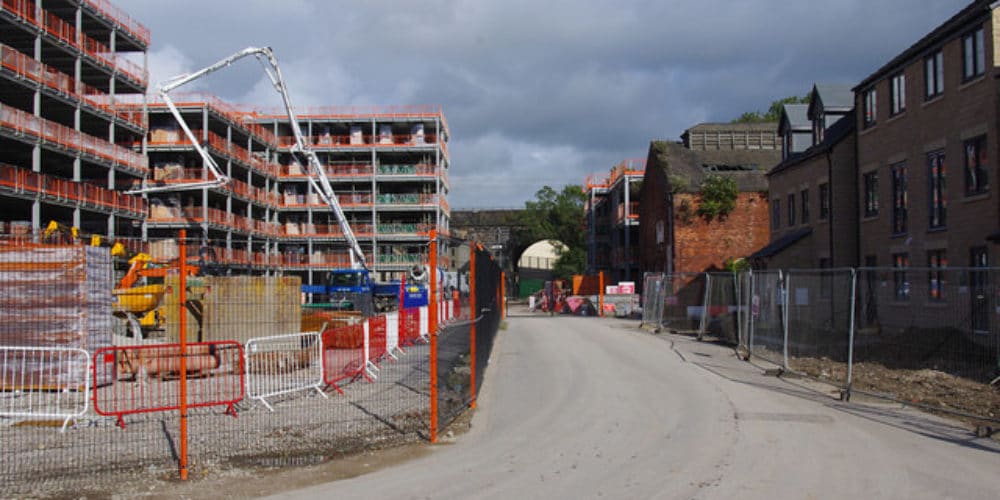
Just before Easter Housing Secretary Robert Jenrick announced a package of measures to revitalise England’s high streets and town centres. The Ministry of Housing, Communities and Local Government (“MHCLG”) detailed that a new set of permitted development rights to allow Class E property to convert to Class C3 (Residential) would be laid before Parliament on 31 March 2021 following its consultation (which closed at the end of January).
The Town and Country Planning (General Permitted Development etc.) (England) (Amendment) Order 2021 comes into force on 21 April 2021. Its principle effect is to introduce a new Class MA into the General Permitted Development Order (the “GPDO”) granting deemed planning permission for change of use from commercial and business use (Class E) to Residential (Class C3), taking effect on 1 August 2021.
The new Class MA is principally created by Regulation 6 which inserts the new Class MA after Class M of Part 3 of Schedule 2.
Whilst the new Permitted Development (PD) right will apply to all Class E uses, and is still intended to apply to conservation areas, there has been:
- a tightening of the conditions that will apply to it; and
- an extension of the types of matters that can be taken into account during the prior approval process.
Unlike the consultation, the Class E to Residential PD right, will be subject to:
- a vacancy requirement: the building changing use will have to have been vacant for at least 3 months prior to the date of the application.
- a size restriction: no more than 1,500 square metres of floorspace will be able to change use under the right.
- a long use restriction: the building must have been in Class E use for two years before benefiting from the right and
- a new prior approval consideration that allows councils to consider the impact of the loss of health centres and registered nurseries on the provision of local services.
The previously suggested prior approvals are also to remain. These being:
- Flooding
- Impacts of noise from commercial premises; and the
- Provision of adequate natural light to all habitable rooms
The ability to consider the impact of the loss of the ground floor use to residential will remain a prior approval consideration solely in conservation areas.
Buildings that are converted to residential under the new PD right will also have to comply with space standards, which were introduced into the existing version of the GPDO last year (and which came into effect on April 6th) and will not then benefit from further “householder” PD rights under Schedule 2 Part 1 of the GPDO.
Helpfully for local authorities, MHCLG have included transitional provisions for Article 4 Directions – although these appear to be limited to Article 4 Directions restricting the conversion of offices to residential uses – as opposed to residential conversions in a broader sense. It will, however, give many Councils some much needed breathing space, and the ability to at least try to get replacement Article 4 Directions in place before the transitional provisions expire next year.
In the words of the Press Release itself:
“Where there is an existing Article 4 direction on 31 July 2021 in respect of the change of use from offices to residential (under Class O) it will continue to have effect on equivalent development in respect of offices (now within the Commercial Business and Service use class) until 31 July 2022.”
Of course, the devil is in the detail – translating the new commitments and requirements into law, we can already see some issues arising for them. For example:
- The three-month vacancy – no specific drafting is included to heed against unscrupulous landlords simply giving early notice. Nor are additional definitions provided to distinguish between a true vacancy and a COVID vacancy; or are the government expecting everything to be fully back to normal by 1 August 2021?
- The transition period for Article 4 Directions has the potential to cause confusion, an Article 4 direction which prevented Office to Residential under the old law is clearly saved, but what about an Article 4 direction which prevented the retail conversions which were provided for under Class M?
Nonetheless, the revised version does seem to be a much more workable version of the PD rights than that promised by consultation.
Written by Nicola Gooch Planning Partner and Stuart Tym Planning Lawyer (Senior Associate Solicitor), at Irwin Mitchell
